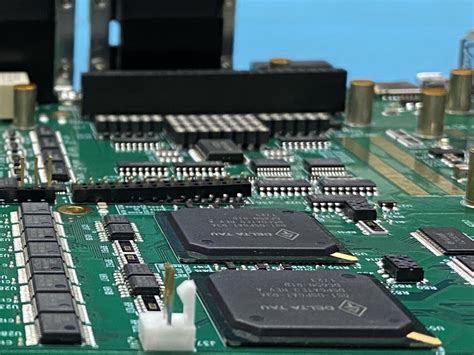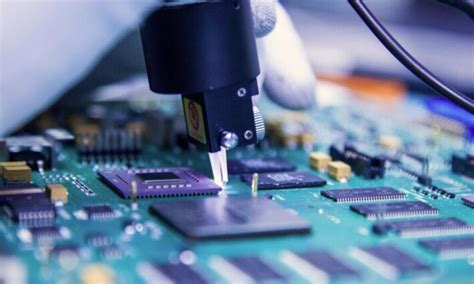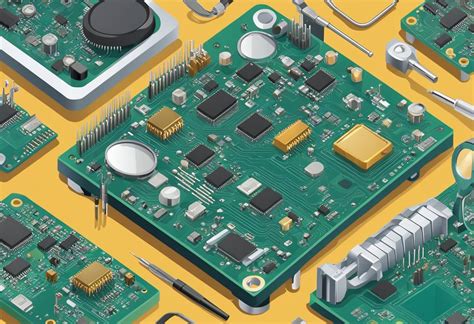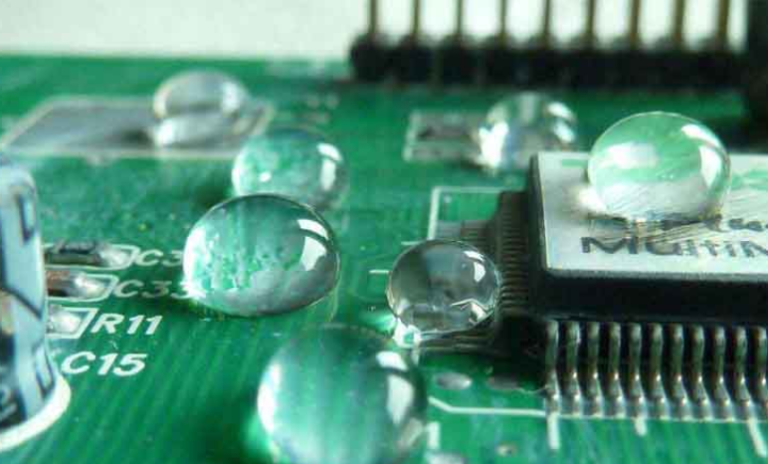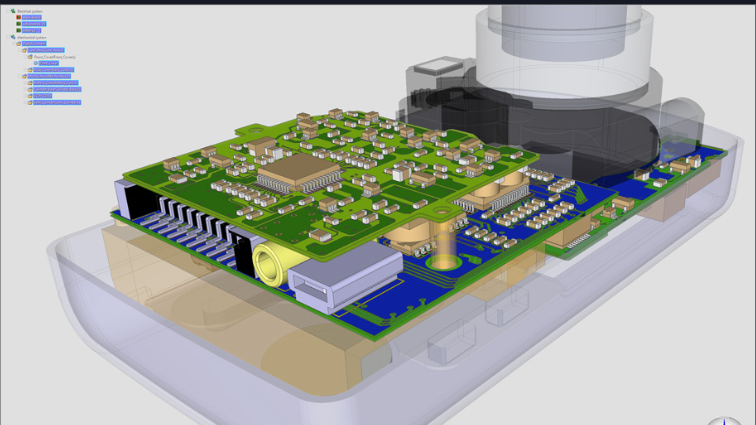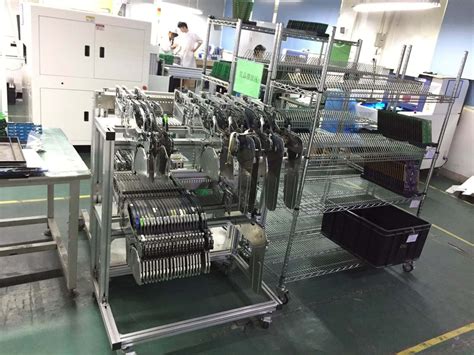Innovations in PCB Production Techniques for Modern Electronics

Key Takeaways
In the rapidly evolving landscape of PCB manufacturing, several critical insights emerge that can significantly influence your approach to the PCB manufacturing business. First, staying abreast of innovations in automation is essential; these advancements not only streamline production but also enhance overall quality. With automation, PCB manufacturing companies can adopt more precise techniques that minimize human error, resulting in superior products at reduced timelines. Moreover, the focus on sustainability is ever more pressing; employing eco-friendly materials and processes not only lowers the PCB manufacturing cost but also aligns your business with global environmental standards.
Embracing advanced materials is another key takeaway. The use of innovative substances can lead to improved thermal management and electrical performance, thus paving the way for next-generation electronics. Furthermore, integrating smart technologies in your processes allows for real-time monitoring and adjustments, optimizing efficiency across production lines.
“The future of electronics hinges on our ability to adapt and innovate in PCB design and production.” This quote encapsulates the essence of staying competitive in this dynamic field. As you reflect on these takeaways, consider how incorporating these insights can shape a robust strategy for your PCB endeavors.
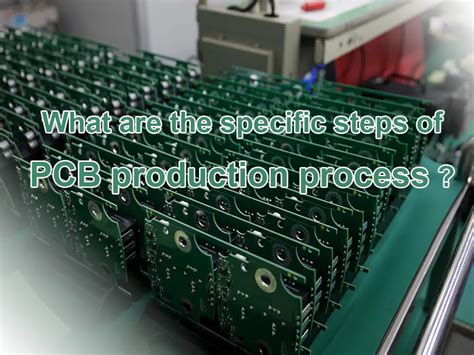
The Evolution of PCB Production Techniques
Over the decades, PCB manufacturing has undergone significant transformations, adapting to rapid advancements in technology and the increasing demands of modern electronics. You may notice that today’s PCB manufacturing companies are employing sophisticated techniques that enhance design flexibility and manufacturing efficiency. Traditional methods, while effective, often faced challenges such as high costs and extended production times. In contrast, modern techniques have prioritized automation and precision, resulting in reduced pcb manufacturing cost and improved turnaround times.
For instance, the integration of automated processes has streamlined various stages of pcb manufacturing, allowing for real-time monitoring and adjustment. This evolution not only improves the quality of the end product but also enhances scalability for pcb manufacturing business. Additionally, advancements in materials science have led to the development of lighter and more durable substrates that cater to the needs of increasingly compact and efficient electronic devices.
In this ever-evolving landscape, staying informed about these innovative techniques is crucial. Below is a table summarizing some key factors contributing to the evolution in PCB production:
| Aspect | Traditional Techniques | Modern Innovations |
|---|---|---|
| Production Speed | Slower due to manual processes | Enhanced through automation |
| Material Usage | Limited to conventional materials | Advanced materials available |
| Design Flexibility | Rigid layouts | Flexible design options |
| Cost Efficiency | Higher due to labor-intensive methods | Reduced through streamlined processes |
As you explore these changes in PCB production, you’ll find that they are essential for meeting the growing demands of electronics while maintaining quality and cost-effectiveness.
Advanced Materials Shaping the Future of PCBs
In the rapidly evolving landscape of PCB production, the use of advanced materials is a cornerstone in enhancing both performance and durability. PCB manufacturing companies are increasingly turning to innovative materials such as flexible substrates and high-frequency laminates, which allow for more compact and efficient designs. These materials not only reduce the overall weight of electronic devices but also improve signal integrity, making them ideal for high-performance applications. By integrating thermally conductive materials, you can also enhance heat management, which is crucial in today’s high-density circuits.
The push towards these advanced solutions is not just about performance; it also ties directly into cost-effective solutions for modern PCB production. While the initial PCB manufacturing cost may be higher due to sophisticated material choices, the long-term benefits in reliability and reduced failure rates often lead to substantial savings for manufacturers. Moreover, as the demand for sustainable practices grows, many are looking into recyclable materials that do not compromise on quality. In this context, understanding your options from various PCB manufacturing businesses can significantly impact your decision-making process when it comes to selecting partners or suppliers.
With these innovations at your fingertips, you can stay ahead of competitors by leveraging advanced materials that are shaping the future of PCBs. Embracing these developments will not only enhance your product offerings but also position you as a leader in the modern electronics market. For more insights on cutting-edge PCB services, consider exploring resources like Andwin PCB.
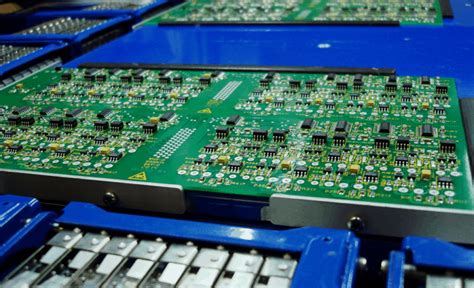
Innovations in Automation for PCB Manufacturing
In today’s rapidly evolving electronics landscape, pcb manufacturing is being transformed by state-of-the-art automation technologies. By leveraging advanced machinery and intelligent systems, you can significantly enhance the efficiency of your pcb manufacturing business. Automated processes not only streamline production lines but also reduce the likelihood of human error, leading to higher quality outcomes. With innovations such as robotics and AI-driven analytics, pcb manufacturing companies are capable of optimizing workflow, thereby minimizing delays and maximizing output. This shift towards automation can substantially lower your pcb manufacturing costs, allowing you to allocate resources more effectively while maintaining competitive pricing in a demanding market. Furthermore, the integration of automation facilitates real-time monitoring and adjustments during production, ensuring that your processes are continuously optimized for peak performance. As you explore these advancements, consider how embracing automation can elevate your business operations and set you apart in an industry that increasingly values speed and precision in pcb manufacturing.
Sustainable Practices in PCB Production
In today’s fast-evolving landscape of pcb manufacturing, embracing sustainable practices is not just an option but a necessity for pcb manufacturing companies aiming to stay competitive. By integrating eco-friendly materials and processes, you can significantly reduce the pcb manufacturing cost while minimizing environmental impact. Innovative techniques such as using biodegradable substrates and non-toxic chemicals in your production line contribute not only to a greener planet but also to enhanced efficiency and reliability of your products. Moreover, adopting energy-efficient machinery has the potential to drastically lower the overall emissions associated with pcb manufacturing, aligning your business with global sustainability goals. You can also explore recycling programs that allow you to reclaim valuable materials from discarded PCBs, turning waste into a resource and thereby supporting sustainable development within the pcb manufacturing business. Ultimately, these practices position you at the forefront of an industry increasingly driven by eco-conscious consumers and regulators alike.
The Role of 3D Printing in PCB Design and Production
In the rapidly evolving field of pcb manufacturing, 3D printing has emerged as a transformative force, reshaping how you approach pcb design and production. Traditionally, the creation of printed circuit boards (PCBs) involved lengthy processes with significant lead times and high initial costs. However, with the advent of 3D printing, you can now create prototypes and even final products with remarkable speed and efficiency. This technology allows for greater flexibility in design, enabling you to experiment with complex geometries that were previously unattainable in conventional pcb manufacturing methods.
Furthermore, by utilizing 3D printing, you can significantly decrease the pcb manufacturing cost, as this method often requires fewer materials and less waste. It enables rapid iterations; should an adjustment be needed during the design phase, changes can easily be integrated without extensive retooling or new setups. This agility not only saves time but also streamlines your entire production workflow.
Another advantage worth noting is how 3D printing enhances collaboration among teams within pcb manufacturing companies. Designers can quickly share physical prototypes with engineers or clients for feedback, fostering an environment of innovation. As a result, your pcb manufacturing business can maintain a competitive edge by delivering high-quality products faster while reducing costs. The incorporation of 3D printing not only optimizes production but also significantly advances the potential for customization in PCB solutions—an essential aspect in meeting diverse market demands.
In summary, as you integrate 3D printing into your PCB creation roadmap, consider its profound impact on efficiency, cost reduction, and performance enhancement within your operations. This innovation truly represents a leap forward in modern electronics production strategies.
Enhancing Efficiency with Smart Technologies in PCB Manufacturing
In the rapidly evolving landscape of PCB manufacturing, integrating smart technologies has become a game changer for many PCB manufacturing companies. You might find yourself fascinated by how these technologies streamline processes and enhance overall efficiency. For instance, consider the utilization of the Internet of Things (IoT) in PCB manufacturing; it allows for real-time monitoring of production lines, enabling quick adjustments to reduce waste and optimize throughput. This shift not only lowers the PCB manufacturing cost but also improves production accuracy, which is crucial for the increasing performance demands of modern electronics.
Additionally, automated systems powered by artificial intelligence are now designed to predict machinery malfunctions before they occur, reducing downtime and ensuring a continuous flow in your PCB manufacturing business. This predictive maintenance capability can significantly enhance operational efficiency, ultimately leading to more competitive pricing in a market where cost-effectiveness is pivotal.
As you explore the world of smart PCB solutions, you’ll discover that their implementation offers substantial benefits — from ensuring high-quality outputs to fostering innovative design processes. Adopting these advanced methodologies positions you at the forefront of industry trends and helps sustain your competitive edge within the PCB landscape.
Cost-Effective Solutions for Modern PCB Production
In today’s rapidly evolving electronics landscape, finding cost-effective solutions in pcb manufacturing is essential for success. Various strategies have emerged that can help you minimize the pcb manufacturing cost while still achieving high-quality results. For instance, leveraging advanced materials can significantly enhance the durability and functionality of printed circuit boards without escalating expenses. Many pcb manufacturing companies are adopting lean manufacturing principles, optimizing their production processes to eliminate waste and reduce unnecessary costs. By focusing on automation, you can streamline operations; automated assembly lines often result in faster production times, which translates to lower labor costs and higher consistency in quality. Additionally, investing in smart technologies can enhance your capabilities by providing real-time data that improves decision-making and operational efficiency. Implementing these innovative techniques ensures that your pcb manufacturing business remains competitive, offering clients both affordability and superior performance in every product delivered.
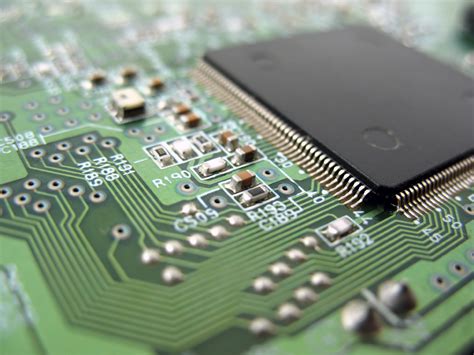
Performance Improvements through Innovative PCB Techniques
In today’s rapidly evolving electronics landscape, pcb manufacturing must adapt to enhance the performance of printed circuit boards (PCBs). Utilizing cutting-edge technologies is pivotal in driving these advancements. For instance, the integration of advanced materials significantly influences the thermal performance and reliability of PCBs, allowing for smaller and more powerful electronic devices. You might find that pcb manufacturing companies are increasingly employing multilayer boards that utilize these enhanced materials, resulting in improved signal integrity and reduced electromagnetic interference.
Moreover, automation is revolutionizing the pcb manufacturing business by streamlining intricate processes. This automation not only boosts production speed but also minimizes errors, leading to higher quality output with lower pcb manufacturing costs. Additionally, incorporating smart technologies such as IoT solutions allows for real-time monitoring and analysis of production lines, providing insights that lead to ongoing improvements in efficiency.
As you explore these innovative techniques, you will notice that they not only contribute to enhanced performance but also foster a competitive edge in the marketplace. By embracing these advancements in pcb manufacturing, you enhance your ability to deliver cutting-edge products tailored to meet modern demands.

Conclusion
In conclusion, the landscape of pcb manufacturing is undergoing a transformative shift due to a myriad of innovations that are reshaping how pcb manufacturing companies operate and deliver products. By embracing advanced materials and sustainable practices, you can significantly reduce pcb manufacturing costs while improving performance metrics. Automation technologies enhance not only the precision but also the speed of the manufacturing process, allowing your pcb manufacturing business to remain competitive in an ever-evolving market. Moreover, using smart technologies can empower you to monitor production processes in real-time, leading to immediate adjustments that further optimize efficiency. As you navigate these advancements, understanding their implications will place you at the forefront of an industry increasingly dependent on sophisticated solutions. The future of pcb production is bright, characterized by continual enhancements that will redefine what’s possible in modern electronics.
FAQs
What does the term pcb manufacturing encompass?
PCB manufacturing refers to the entire process of creating printed circuit boards, which involves various techniques such as etching, layering, and soldering. This process is crucial for producing the electrical connections necessary for modern electronic devices.
How can I find reputable pcb manufacturing companies?
When searching for trustworthy pcb manufacturing companies, it’s important to consider factors such as their reputation in the industry, customer reviews, production capabilities, and quality assurance certifications. Researching their websites and seeking recommendations can help you make an informed choice.
What factors influence the pcb manufacturing cost?
The pcb manufacturing cost can vary based on several elements including design complexity, material choices, order volume, and turnaround times. By optimizing your design and selecting appropriate materials, you may be able to reduce costs while maintaining quality.
What should I know when starting a pcb manufacturing business?
If you’re considering starting a pcb manufacturing business, it’s essential to have a solid understanding of the technology involved, market demands, and regulatory compliance. Investing in high-quality equipment and software to streamline production processes can also be pivotal to your success.

